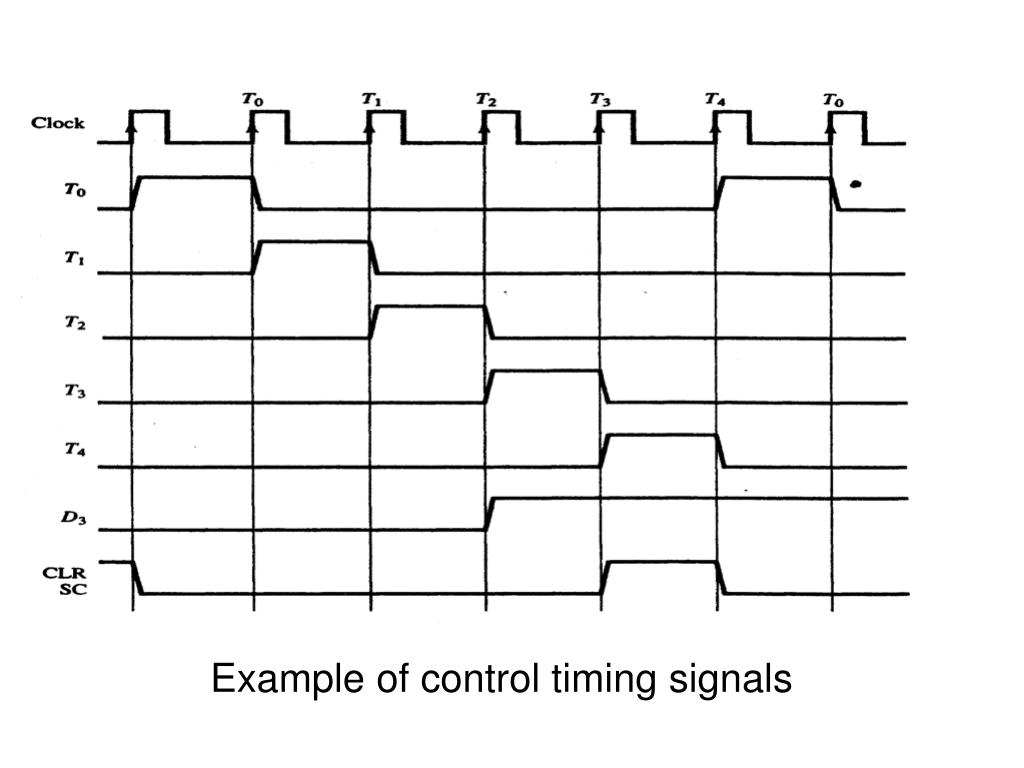
- #QT SYNC TIMER TO SECOND CLOCK UPDATE#
- #QT SYNC TIMER TO SECOND CLOCK DOWNLOAD#
- #QT SYNC TIMER TO SECOND CLOCK FREE#
#QT SYNC TIMER TO SECOND CLOCK FREE#
Sponsor Open Source development activities and free contents for everyone. Video Player with HTML5 QWebView and FFmpeg Converter.Qt5 Webkit : Web Browser with QtCreator using QWebView Part B.Qt5 Webkit : Web Browser with QtCreator using QWebView Part A.Asynchronous QTcpServer - Client and Server using QThreadPool 1) One timer starts (starter1->start(15000)) at the same time another timer starts a countdown (shown in a progressbar) (starter2->start(1000)).QTcpServer - Client and Server using QThreadPool.QTcpServer - Client and Server using MultiThreading.QNetworkAccessManager - Downloading Files with UI and QProgressDialog To run the example from Qt Creator, open the Welcome mode and select the example from.
#QT SYNC TIMER TO SECOND CLOCK DOWNLOAD#
Qt's Network Download Example - Reconstructed.QNetworkAccessManager and QNetworkRequest - Downloading Files.MVC - ModelView with QTableView and QItemDelegate.

#QT SYNC TIMER TO SECOND CLOCK UPDATE#
The NTP can be used to update the clock on a machine with a remote server. One can get the normal string by calling the getUUID() method in each alarm/timer. NTP lets you automatically sync your system time with a remote server. However, the "remove" slots in AlarmModel or TimerModel only accept its normal representation, (ex. Alarm and Timer will be registered under path "/Alarms/" or "/Timers/" + its uuid's Id128 string representation (ex. These files can be used to generate the D-Bus adaptor. Instead of using platform time routines, you should use roscpp's time routines for accessing the current time, which will work seamlessly with simulated Clock time as well as wall-clock time.

on GNOME, Phosh, etc.)Īfter installing, five D-Bus interface XML files are copied to the KDE D-Bus interface directory. ROS has the ability to setup a simulated Clock for nodes. Kclockd will automatically start up in -no-powerdevil mode and not have suspend waking functionality if:

Note that while running in -no-powerdevil mode, kclockd will fail to keep track of time if the system sleeps, which is quite common for mobile devices. If you want to disable this behaviour, pass the -no-powerdevil option when launching kclockd. Time accuracy: Weekly rate of less than ☐.7 seconds ( 5 35 ) 0 seconds after. Crystal oscillator frequency: 4.194304 MHz. Number of secondary clock circuits: 3 circuit. If PowerDevil is detected, it will use PowerDevil's scheduleWakeup feature to wakeup for alarm notifications. It can bring the time of secondary clocks, computers, and other devices on the network into sync with the time of QT-78302. Front-end applications like kclock and its plasmoids completely depend on it for clock functionality, which allows alarms and timers to function in the background when the front-end applications are not running. Kclockd exposes its API in D-Bus under the service name.


 0 kommentar(er)
0 kommentar(er)
